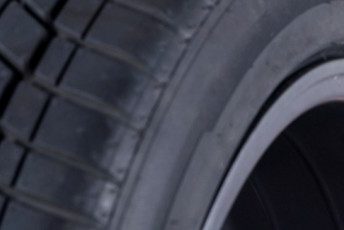What tyre checks are done during an MOT?
We all know what an MOT test is, and for a lot of us, it can be an annual point of stress. The MOT is a comprehensive inspection of how well a vehicle is performing that compares it to the legal requirements for safety and roadworthiness. Of course this involves every part of the car, including the tyres.
Tyre condition
When the MOT is carried out, a tyre condition inspection shall take place, this means that the tyre shall be checked for any bulges, punctures and cuts. If any of these are found on the tyre, it will be recommended that the tyre is replaced before it is driven again. Any damage to the tyre can be extremely dangerous especially if the vehicle is driven at high speed.
Tyre tread depth
The tyre’s legal requirement for tread depth is 1.6mm. When your car is in for an MOT, the tread depth shall be checked with a gauge. It is an immediate MOT fail if the vehicle’s tread depth is below the legal limit. Tread depth staying at the legal requirements is essential, if not the vehicle will not have the traction needed to keep a good level of control on the road.
Tyre type and size
The MOT tester shall also check if the tyres fitted to the vehicle are in line with the manufacturer’s recommendation. This means that the tyre must fit the speed rating, size and load rating. Tyres that are not in line with manufacturers recommendations are at risk of losing control on the road and reduces the cars overall efficiency.
Tyre pressure
Poor tyre pressure can cause the wear on the tyre to occur at a much quicker rate. Not only this, poor tyre pressure uses more fuel and can reduce the vehicle’s stability and handling.
Tyre alignment
Uneven alignment on tyres can cause the tyres to wear very unevenly, if the MOT inspector finds that any tyres are not aligned correctly they shall recommend alignment correction to ensure there are no safety risks when it is driven in future.





